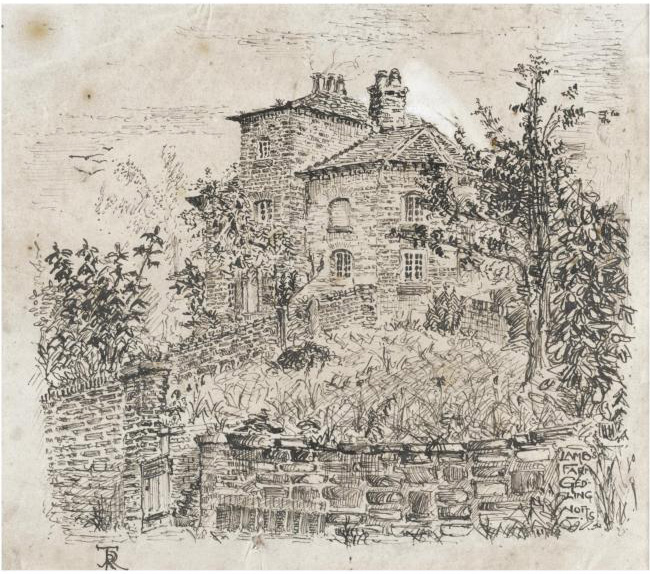Are we to look at cherry blossoms only in full bloom, the moon only when it is cloudless? To long for the moon while looking on the rain, to lower the blinds and be unaware of the passing of spring—these are even more deeply moving. Branches about to blossom or gardens strewn with faded flowers are worthier of our admiration.
-Yoshida Kenko, Essays in Idleness (1330–1332)
Depending on your coordinates, cherry blossom season is either approaching, over, or in full riotous bloom. Every year, the Brooklyn Botanic Garden schedules its annual Sakura Matsuri festival in ignorance of what the weather may hold. Will lingering winter temperatures delay the blossoms, or will spring come early, causing the trees to erupt way earlier than anticipated?
The only thing one can be certain of is a mob scene, as ardent flower-viewers of all ages stampede toward the cotton candy-colored trees, devices in hand. Modern hanami practice would surely confound the elite of the 8th Century Imperial Court. They wouldn’t have understood the concept of “selfie” if it bit ‘em in the shakuhachi.
Of course, for every determined 21st-century soul who makes a point of admiring the blossoms during their brief appearance, there are thousands more who, in the words of bureaucrat-turned-monk, Kenko, “lower the blinds…unaware of the passing of spring.”
Perhaps this latter group is who Dave Allen, the Brooklyn Botanic Garden’s former webmaster, had in mind when he installed a camera in a weatherproof box near the Cherry Esplanade. Every 3 minutes, the shutter snapped, capturing not just the glorious Prunus ‘Kanzan’ (aka Sekiyama) that line the walkways, but also a wide range of visitors who flocked to the garden between April 18 to April 26, 2008, seeking respite from the pressures of urban living.
The time lapse video Allen assembled from 3000 captured moments takes slightly more than a minute to view. I think we have time to spare…
Watch it once for the main attraction…
And then again for the (pixillated) people. Randomly press “pause” to catch a kissing couple, a Hasidic man in a shtreimel, and a little girl in pink who somehow found herself the sole human on the path…
Then one more time for the shadows of the clouds. Ah… That’s likely the time-strapped virtual viewer’s best chance for achieving the sort of mindset one might ascribe to The Tale of Genji.
(Though perhaps a calm and contemplative mood was never the goal. As ninth century aristocratic poet Ariwara no Narihira wrote (in translation by Hiroaki Sato & Burton Watson):
If there were no such thing
as cherry blossoms
in this world,
in springtime how untroubled
our hearts would be!
There is a modern scholar on Tumblr whose research supports this take on the pink blooms’ blood quickening effects.)
In a week or two it will all be over.
As the petals fall, take refuge in Toi Derricotte’s recent poem. Its setting should feel familiar…
Cherry blossoms
I went down to
mingle my breath
with the breath
of the cherry blossoms.
There were photographers:
Mothers arranging their
children against
gnarled old trees;
a couple, hugging,
asks a passerby
to snap them
like that,
so that their love
will always be caught
between two friendships:
ours & the friendship
of the cherry trees.
Oh Cherry,
why can’t my poems
be as beautiful?
A young woman in a fur-trimmed
coat sets a card table
with linens, candles,
a picnic basket & wine.
A father tips
a boy’s wheelchair back
so he can gaze
up at a branched
heaven.
All around us
the blossoms
flurry down
whispering,
Be patient
you have an ancient beauty.
Be patient,
you have an ancient beauty.
Related Content:
Spring: A Short Film Based on Hemingway’s Memoir
Venice in a Day: From Daybreak to Sunset in Timelapse
The Beauty of Namibian Nights in Timelapse Motion
Ayun Halliday will be releasing the 55th issue of her zine, the East Village Inky at the Brooklyn Zine Fest this Sunday. Follow her @AyunHalliday








